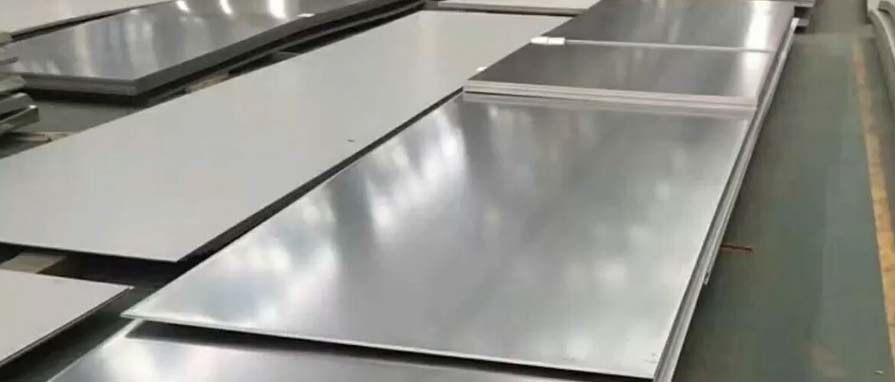Choosing the Right Grade of Stainless Steel Sheets for Your Specific Needs

Stainless steel sheets are widely used in various industries for their exceptional corrosion resistance and durability. However, not all stainless steel sheets are created equal. Choosing the right grade of stainless steel is crucial to ensure optimal performance and longevity in specific applications. In this blog post, we will explore the key factors to consider when selecting stainless steel sheets and discuss different grades available in the market. By understanding these factors, you will be able to make an informed decision and choose the perfect grade of stainless steel sheets to meet your specific needs.
Corrosion Resistance:
One of the most significant advantages of stainless steel sheets is their superior corrosion resistance. Different grades of stainless steel offer varying levels of corrosion resistance, depending on their alloy composition. The most common grades with excellent corrosion resistance are 304 and 316 stainless steel.
Grade 304 stainless steel: This is the most commonly used stainless steel grade due to its excellent corrosion resistance in most environments. It is suitable for general applications, including kitchen appliances, architectural uses, and industrial equipment.
Grade 316 stainless steel: This grade offers even higher corrosion resistance, especially in harsh environments with exposure to saltwater or chemicals. It is ideal for marine applications, pharmaceutical equipment, and coastal structures.
Temperature and Heat Resistance:
Another crucial factor to consider is the temperature and heat resistance of the stainless steel sheets. Different grades exhibit varying levels of resistance to high temperatures, oxidation, and thermal cycling.
Grade 304 stainless steel: It has good heat resistance and is suitable for applications that require exposure to temperatures up to 800 degrees Celsius. However, prolonged exposure to high temperatures can cause carbide precipitation and compromise its corrosion resistance.
Grade 316 stainless steel: This grade has superior heat resistance compared to 304 stainless steel. It can withstand temperatures up to 900 degrees Celsius and is commonly used in applications such as furnace parts, exhaust manifolds, and chemical processing equipment.
Strength and Durability:
Strength and durability are essential considerations, especially for applications that involve heavy loads or structural integrity requirements. Different stainless steel grades offer varying levels of strength and toughness.Grade 304 stainless steel: It provides good strength and toughness, making it suitable for a wide range of applications. It is commonly used in construction, automotive components, and kitchen equipment.
Grade 316 stainless steel: While slightly less strong than 304 stainless steel, grade 316 compensates with superior corrosion resistance and increased toughness. It is commonly used in marine applications, chemical processing plants, and medical equipment.
Specific Industry Requirements:
Different industries have specific requirements that demand particular characteristics from stainless steel sheets. Considerations such as food-grade compliance, hygiene, magnetism, weldability, and formability play a vital role in choosing the right grade.
Food-grade applications: For industries involved in food processing, grade 304 and 316 stainless steel sheets are typically recommended due to their resistance to corrosion and their ability to maintain hygienic conditions.
Magnetic properties: If magnetism is a critical consideration, ferritic stainless steel grades like 430 may be suitable. These grades exhibit magnetic properties and are commonly used in applications such as automotive trim and appliances.
Weldability and formability: Austenitic stainless steel grades like 304 and 316 are known for their excellent weldability and formability. They can be easily welded and formed into various shapes, making them versatile choices for many applications.
Conclusion:
Choosing the right grade of stainless steel sheets is essential to ensure optimal performance and durability in specific applications. Factors such as corrosion resistance, temperature resistance, strength, and industry-specific requirements should be carefully considered. Grades like 304 and 316 stainless steel are commonly used due to their excellent corrosion resistance, while other grades offer specific advantages such as magnetism or superior heat resistance. By understanding these factors and consulting with experts, you can confidently select the perfect grade of stainless steel sheets to meet your specific needs and ensure long-lasting performance.